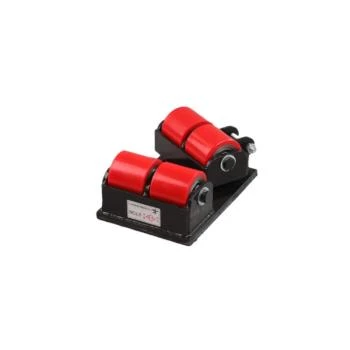heavy machinery relocation
Heavy Machinery Relocation Challenges and Strategies for Success
Heavy machinery relocation is a complex process that involves moving large, often cumbersome equipment from one location to another. This task is essential in various industries, including construction, manufacturing, mining, and energy. Despite its importance, heavy machinery relocation is fraught with challenges, requiring carefully planned strategies to ensure safety, efficiency, and minimal disruption to ongoing operations.
Understanding the Challenges
One of the primary challenges in relocating heavy machinery is the sheer size and weight of the equipment. Cranes, bulldozers, excavators, and other heavy machines can weigh several tons, necessitating specialized transportation methods. Standard trucks and trailers are often inadequate for such tasks. Additionally, the terrain and environment must be considered; moving equipment across rugged landscapes or urban areas introduces logistical challenges that must be addressed to avoid accidents and damage.
Another significant challenge is ensuring the safety of the personnel involved in the relocation process. Heavy machinery relocation often requires a team of skilled workers, including riggers, operators, and transport specialists. Each member of the team must be trained and experienced in handling heavy equipment safely, as any misstep can result in injuries or fatalities. A robust safety protocol, including the use of personal protective equipment and clear communication, is essential to mitigate risks.
Strategizing for Success
heavy machinery relocation

To navigate these challenges effectively, thorough planning and strategic execution are paramount. The first step is to conduct a comprehensive assessment of the equipment to be relocated. This assessment should include the machinery's dimensions, weight, and operational requirements, which will influence the choice of transportation and handling equipment.
Once the assessment is complete, the next step is to devise a detailed relocation plan. This plan should outline the timeline for the move, the route to be taken, and any necessary permits or legal considerations. Engaging with local authorities, especially in urban environments, is crucial to avoid legal complications and to ensure that all relocations comply with regulations.
Selecting the right transportation method is another critical aspect of heavy machinery relocation. Depending on the equipment's specifications, specialized trailers, flatbeds, or lowboys may be required. In cases where the machinery is exceptionally large or heavy, specialized heavy-haul trucking companies should be engaged. These companies possess the necessary equipment and expertise to handle such relocations safely.
Moreover, communication is key throughout the entire process. Keeping all stakeholders informed—including team members, management, and possibly even clients—helps in anticipating challenges and ensuring that everyone is on the same page. Regular updates can help address any issues promptly and maintain a smooth workflow.
Conclusion
In conclusion, heavy machinery relocation is a vital operation in many industries that requires careful planning, expertise, and coordination. By understanding the challenges involved and employing effective strategies, companies can ensure successful relocations that enhance productivity and minimize the risks associated with moving large equipment. As industries continue to evolve and demand for heavy machinery grows, mastering the art of machinery relocation becomes ever more critical for operational success.
-
Versatile Lifting Solutions with Gantry and Overhead CranesNewsAug.29,2025
-
The Versatile Mobile Gantry Crane SolutionNewsAug.29,2025
-
Reliable Movement with Heavy Machinery Skates and RollersNewsAug.29,2025
-
Reliable Lifting Performance with 2000 lb Gantry Crane and 2 Ton Overhead SystemsNewsAug.29,2025
-
Maximize Lifting Efficiency with PML Magnetic LiftersNewsAug.29,2025
-
Efficient Relocation Starts with Reliable Machinery MoversNewsAug.29,2025
-
Efficient and Safe Lifting with Permanent Magnetic LiftersNewsAug.29,2025
